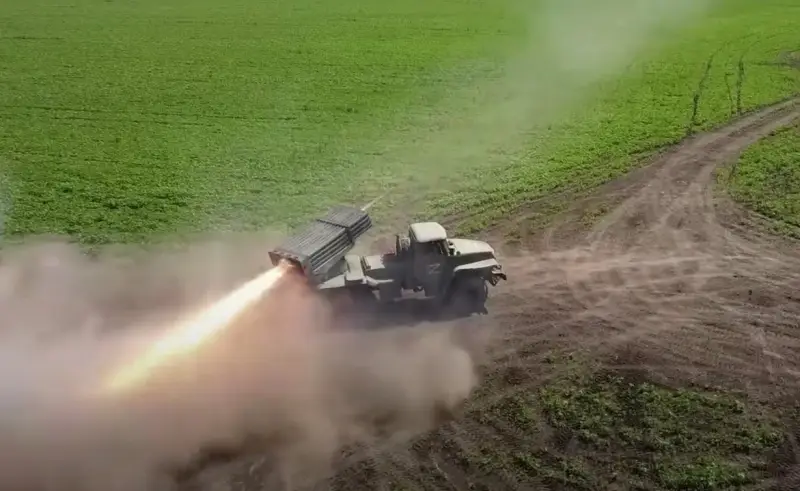BM-21 "Grad": how the successor to the legendary "Katyusha" appeared

When it comes to weapons "Victory" in the Great Patriotic War, along with a tank T-34, of course, brings to mind the legendary Katyusha.
The BM-13 was the most important means of warfare, which not only physically destroyed the enemy’s defenses, but also had a strong demoralizing effect on the Wehrmacht personnel.
At the same time, the Katyusha had low accuracy and a range of only 8,5 km. However, the above-mentioned shortcomings were more than compensated for by the low cost of this weapon.
Meanwhile, after the war, it was clear that the concept of the MLRS itself would become one of the determining factors in future armed conflicts. As a result, there was a need to improve such systems.
The decisive factor that accelerated the process was that by the early 50s the BM-13 had another significant drawback - a shortage of spare parts. The fact is that, starting in April 1943, most of the Katyushas were mounted on the chassis of the American Studebaker. In turn, due to the start of the Cold War, since 1946, spare parts for Western equipment of the USSR were not sold, even at inflated prices.
Ultimately, in 1952, a new multiple launch rocket system, the BM-14, was developed. This MLRS received 16 tubular guides and was initially mounted on the ZIS-51 chassis. Then it was ZIL-57, and at the end of the release of this version of the jet system even ZIL-131 was used.
It is worth noting that the BM-14, unlike the BM-13, had a greater range (9,8 km) and accuracy. But the shells for this system cost three times more than those of the Katyusha, and included scarce components supplied to the USSR from the French colonies in Africa.
As a result, after a number of attempts to increase the range of the system, as well as to replace scarce materials that did not lead to the desired result, in 1959 it was decided to begin the development of a new MLRS.
This is how the widely known and used to this day BM-21 “Grad” was born. The projectile of the new system was twice as long as that of the Katyusha. The mass of the explosive in it was 6,4 kg versus 4,9 kg for the BM-13. But the most important thing is that the range of destruction of targets with Grads was 20,4 km.
Information